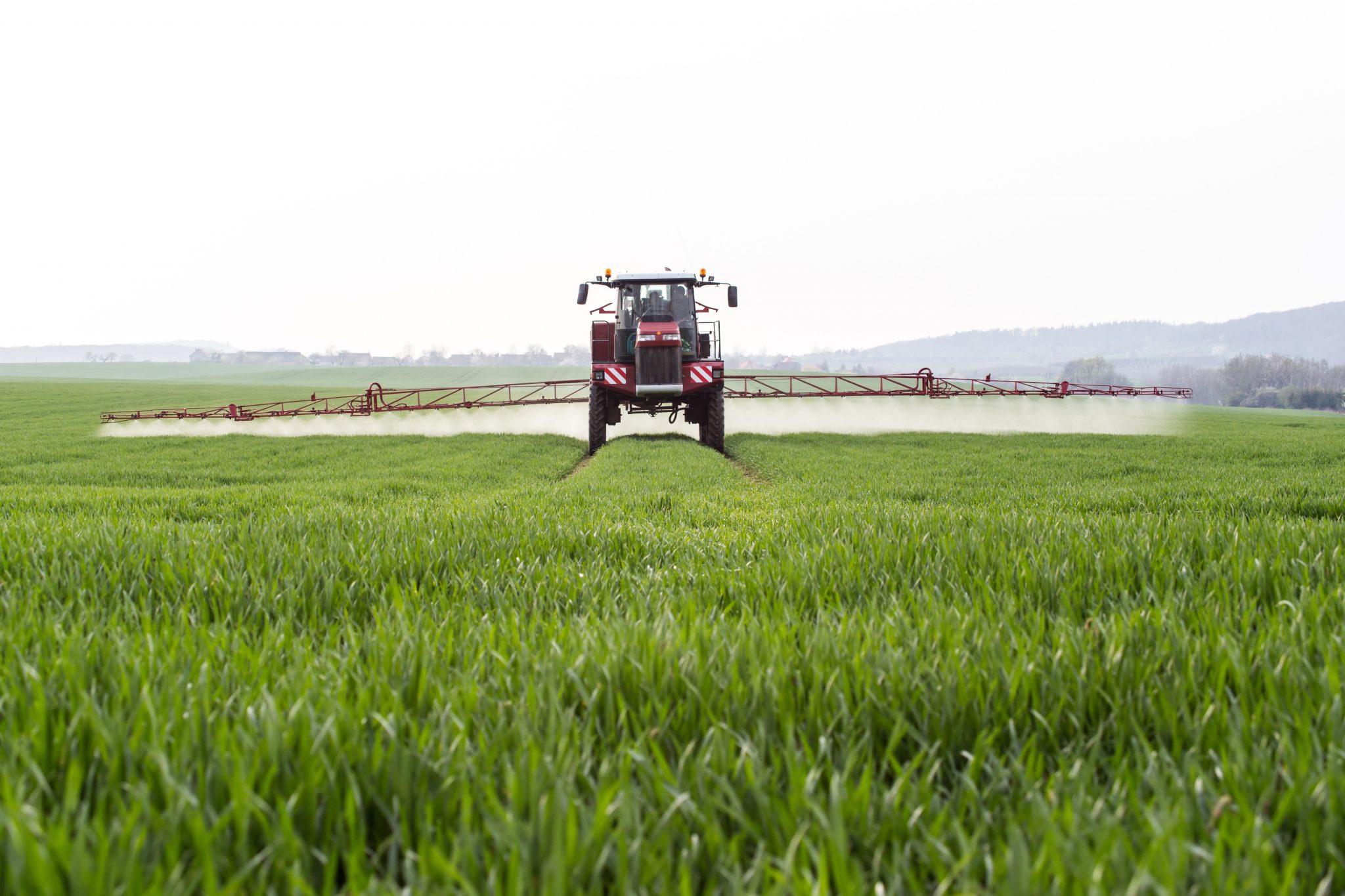Independent consultant Gerard McMullen is leading the project and said education right across the supply chain was crucial to ensure compliance with regulations as fodder is used in the food chain.
“You’ve got to be ahead of the game these days,” he said. “For example, when supplying fodder into a market you don’t need them finding unwanted residues as they won’t want your fodder. They will go to another market, and you’ve lost a market and that takes a hell of a lot to get back.”
Fodder growers have been meeting strict maximum residue limits (MRL), through compliance with chemical label directions for many years.
Due to the large number of chemicals potentially used, and the cost of testing, not all export fodder consignments are tested for residues, but Mr McMullen said it didn’t mean standards could drop.
“The purpose of the project is to provide exporters with the export regulations that apply and the potential impact of any changes to those regulations,” he said. “The onus is on exporters, they have to make sure residues on exports meet market requirements. If unsure, testing should occur to ensure the fodder industry is squeaky clean and can be shown to at least comply with Australian label directions.”
The project started six months ago. Most days, Mr McMullen receives notifications about changes to market requirements. He determines if they are relevant for the Australian industry and then informs fodder exporters about the changes and how to meet the new requirements.
This rigorous monitoring helps keep markets open for Australian fodder, but it also plays a larger role in protecting the food chain.
“The importing countries are relying on Australian exporters and Australia’s great reputation for complying with regulations and food safety,” he said.
“Even if a market does not have specific regulations, there is a requirement for the industry to at least follow Australian label directions and for compliance with Australian MRLs. I’d also recommend exports comply with international standards such as those set by Codex for fodder.”
The Codex Alimentarius Commission (CODEX) sets international chemical MRL, heavy metal and mycotoxin standards for many commodities, including fodder.









